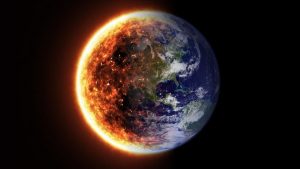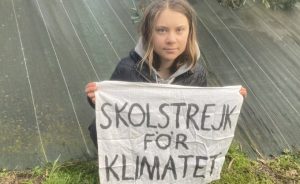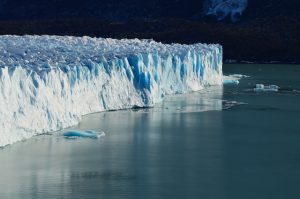Climate change has an impact on many things around the world, including tourism. Due to melting snow, Chacaltaya, one of world’s highest ski resorts, located at 5,300 metres above sea level in the Andes highlands on the Bolivian side, has begun to empty out tourists.
The resort is situated on the Chacaltaya glacier, which is higher than Mount Everest’s Base Camp North. According to Guinness World Records, the resort restaurant is also the world’s tallest restaurant.
Also Read | Finance pledge under focus as COP26 enters final week
The resort used to be open for the majority of the year in the twentieth century, with plenty of snow for skiers to enjoy. According to the BBC, experts who began monitoring the Chacaltaya glacier in 2005 predicted that it would persist another decade until 2015. But, sadly, this happened way earlier in 2009.
Chacaltaya became a popular tourist destination for middle and upper class people of La Paz’s, who live an hour and a half away from the resort. The highest ski resorts have now become ghost towns as a result of climate change. Although there is still snow in the winter, Mount Chacaltaya is brown and dry for the majority of the year.
Also Read | The magic 1.5: What’s behind climate talks’ key elusive goal
When visitors arrive, they start at the foot of the mountain, where the abandoned ski resort still stands. Visitors can enter the resort. The only thing left inside was the toilet.
Bolivian climber Bernardo Guarachi’s eyes light up as he sees a 400-meter-long slope that he used to ski on snow but is now covered with stones. “Today, it’s a cemetery,” Guarachi explained to AFP. On Saturdays and Sundays, it used to be packed with skiers, recalls the climber, he recalls.
“Man has changed a lot for one aim, which is to earn money, lots of money, and he has forgotten about nature (and) the mountains,” says Guarachi.
According to the Andean Glaciers and Waters Atlas, published in 2018 by UNESCO and the Norwegian foundation GRID-Arendal, “the expected warming will provoke the loss of 95 percent of the permafrost in Bolivia by 2050,” including the loss of almost all its glaciers.
Edson Ramirez, a glaciologist at the Mayor de San Andres University, told AFP, “All the similar glaciers to Chacaltaya … are suffering the same process of melting, of death.” He added, “We knew it could disappear in the next 15 years,” he said. It took only 11 years.
The glaciers are fed by an accumulation of snow but “the planet’s temperature has risen to a point where we already cannot have snow in these places anymore,” said Ramirez. Temperatures in the Andes could rise by two to five degrees Celsius by the end of the century, according to some predictions. “We need to take urgent action between all countries to lower the planet’s temperature,” said Ramirez.
“The effects of the fires also influence the state of the glaciers,” Ramirez went on to say that the carbon is deposited on the ice, which speeds up the melting process by diminishing the ability of snow and ice to reflect sunlight.






